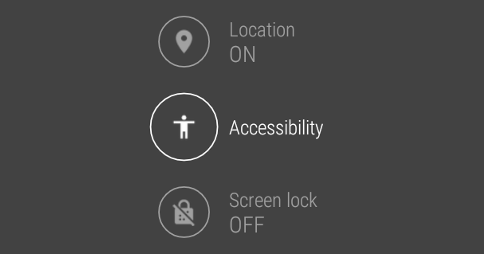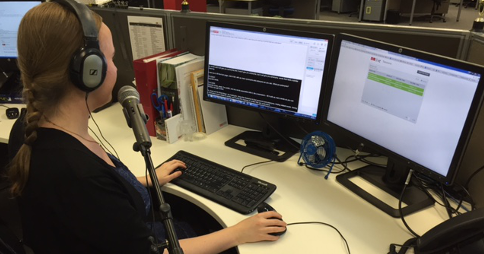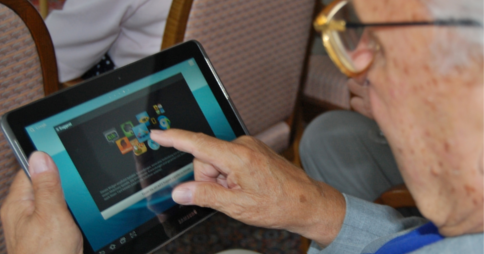News
Accessible trailers help you decide
Captioning helps ASD students
Affordable Access secures grant funding
Android Wear 5.1.1 includes long-awaited accessibility features

The new features are largely vision-related, with support for magnification, colour inversion and large text. The magnification feature can be accessed via specific gestures.
Top of page
Chinese tech giant Baidu announces Blind Search device
Captions aid literacy in the classroom
UK disability advocates release roadmap for VOD accessibility
Californian government websites found to be inaccessible
The June 2015 report from the Californian State Auditor, states that violations of web accessibility standards ranged in severity, some to the point that “…elements of the departments’ websites were completely inaccessible to users with disabilities while other violations may prevent persons with disabilities from completing tasks necessary to access certain online services.”
Top of page
ACMA releases caption compliance reports for 2013-2014
The report for free-to-air compliance found that all 51 commercial stations and SBS met their captioning target for the year, which was to caption 95 per cent of programs on their primary channels between 6 am and midnight. The ABC fell one per cent below its target, due to the fact that only one hour of its music program
Top of page








